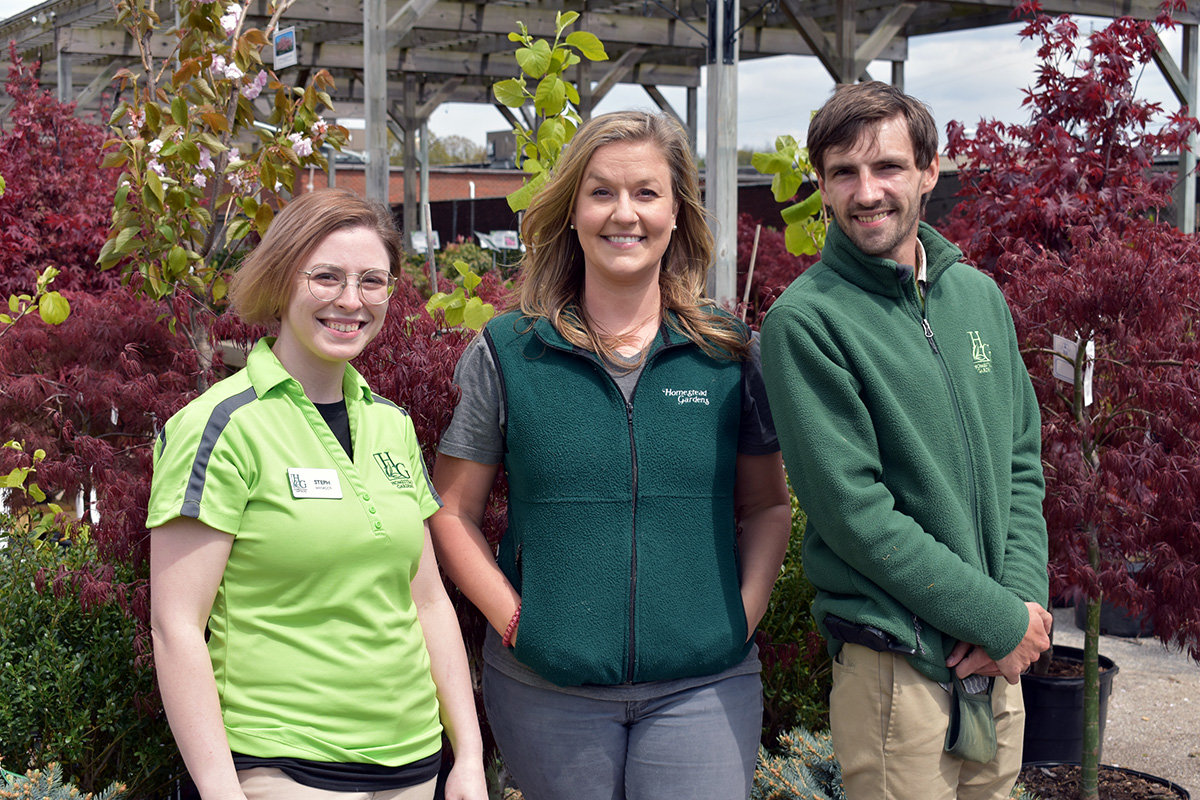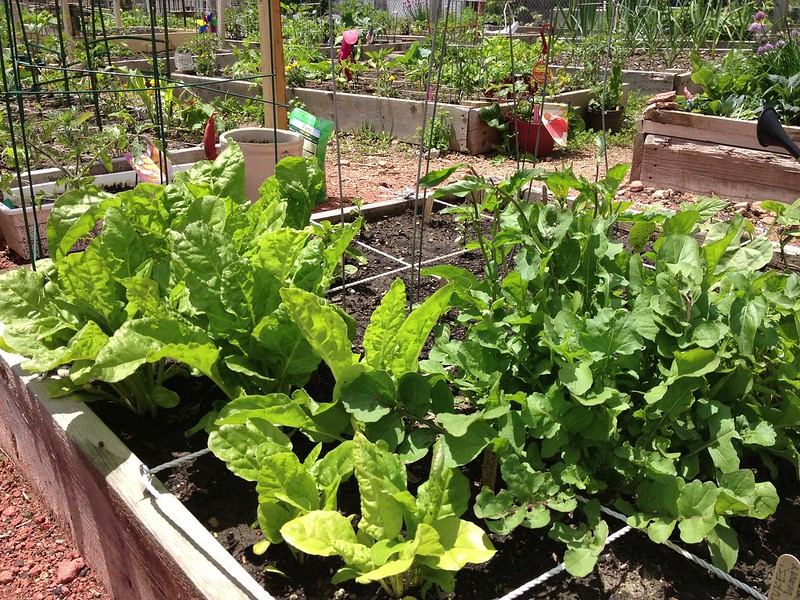Expert Tips for Flourishing Homestead Gardening Effort
Learn How to Cultivate a Thriving Horticulture Setting for All Skill Levels
Creating a prospering garden is a complex undertaking that can be accepted by individuals at any ability level. By taking a look at essential components such as dirt health and wellness, suitable plant selection, and seasonal care routines, one can create a sustainable gardening technique that produces rewarding outcomes. Recognizing exactly how to assess and boost your garden space lays the structure for success. The complexities of applying these principles often existing obstacles that can discourage even the most passionate beginner. What approaches can be employed to get over these challenges and cultivate a really growing atmosphere?
Understanding Your Garden Room
In the world of gardening, understanding your garden space is vital to growing a thriving landscape (Homestead Gardening). The very first action in this venture entails assessing the particular qualities of your story. Variables such as dirt composition, sunlight exposure, and drain play important duties in determining the suitability of your garden for different kinds of plants
Begin by performing a dirt examination to assess pH degrees and vitamins and mineral web content, which will certainly educate any kind of necessary amendments. Additionally, observe just how much sunlight your area gets throughout the day. Different plants have varying light requirements; some flourish in complete sun, while others like full or partial shade.

Last but not least, review the readily available room and strategy as necessary. This includes considering plant elevations and infected make certain ample area for development without congestion. By getting a detailed understanding of your garden space, you established the structure for a successful gardening experience.
Selecting the Right Plant Kingdoms
Selecting the right plants for your garden requires mindful consideration of numerous variables, consisting of climate, dirt problems, and personal choices. Start by assessing your neighborhood environment, as particular plants thrive in certain temperature ranges and weather patterns. For circumstances, tropical plants might not make it through in colder areas, while hardy perennials can withstand extreme winters.

Consider your individual preferences, including aesthetic charm and maintenance degrees. Choose whether you favor dynamic blossoms, lush vegetation, or edible plants. Additionally, consider the time and effort you want to purchase plant care, as some varieties require even more attention than others.
Finally, consider the yard's layout and light direct exposure. Sunshine patterns throughout the day will influence your options-- some plants call for full sun, while others grow in shade. By thoughtfully examining these elements, you can produce a productive and harmonious yard customized to your setting and tastes.
Vital Horticulture Devices
A well-appointed garden enthusiast can dramatically boost their horticulture experience and outcomes. Vital gardening tools are fundamental to cultivating a successful garden, no matter skill degree. Initially, a sturdy spade is important for digging and turning dirt, while a trowel permits for accurate planting and transplanting of smaller plants.
Pruning shears are important for maintaining plant health and wellness by getting rid of overgrown or dead branches, advertising far better air flow and growth. Additionally, a hand rake works for getting rid of debris and freshening the dirt, making sure optimal problems for plant origins.
Gardening gloves shield hands from chemicals, sores, and thorns, making them a necessary accessory. A watering can or hose with a flexible nozzle guarantees that plants receive ample wetness without try this overwatering.
Lastly, take into consideration investing in a sturdy wheelbarrow for delivering dirt, plants, and devices around the garden successfully. By setting up a quality toolkit that consists of these important things, gardeners can take on different jobs with confidence and convenience, leading the way for a thriving horticulture environment. Keep in mind, the right tools not just improve effectiveness but likewise boost the overall satisfaction of the gardening procedure.
Dirt Preparation and Upkeep
Quality soil is the foundation of an effective yard, making proper prep work and upkeep important for healthy and balanced plant growth. The very first action in soil preparation entails testing its pH and nutrient levels. This can be accomplished via soil testing sets readily available at gardening centers or via specialist services. Based upon the examination results, amendments can be made to enhance dirt you can try these out problems for specific plant demands.
Including raw material, such as compost or well-rotted manure, is important for enhancing dirt framework and fertility. This not just boosts vitamins and mineral availability but also promotes advantageous microbial task. Furthermore, proper water drainage is essential; hefty clay dirts might require the addition of sand or perlite to enhance oygenation.
Routine maintenance of soil health includes mulching, which preserves wetness and suppresses weeds. Turning crops annually aids stop nutrient exhaustion and minimizes bug and illness risks. It is additionally vital to prevent over-tilling, which can interrupt soil framework and harm useful organisms.
Inevitably, a constant commitment to dirt prep work and maintenance will certainly bring about a prospering garden, guaranteeing that plants obtain the necessary nutrients they need for durable growth and productivity.
Seasonal Care and Management

In spring, concentrate on growing new seeds and seed startings, while likewise performing soil examinations to amend nutrient shortages. Frequently examine for parasites and diseases, as these can proliferate with the warming climate. Summertime needs consistent watering and mulching to preserve moisture, together with trimming for much better air blood circulation.
As autumn techniques, it's time to prepare the yard for dormancy. This consists of gathering plants, tidying up debris, and using a layer of mulch to safeguard plant roots from frost. Think about growing cover plants to enrich the soil throughout the winter months.
Evaluate frameworks like greenhouses for damages and ensure you could try here proper insulation for sensitive plants. By adapting your horticulture techniques to the seasonal cycles, you can cultivate a prospering setting that sustains plant health year-round.
Conclusion
In final thought, cultivating an effective yard requires a comprehensive understanding of crucial concepts such as dirt structure, sunshine direct exposure, and suitable plant option. Routine seasonal care and monitoring methods better improve plant wellness and performance.
Choosing the right plants for your yard needs careful factor to consider of different elements, consisting of climate, dirt conditions, and individual preferences. Conduct a dirt test to determine pH degrees and nutrition web content, which will lead you in choosing plants that will certainly thrive in your yard.Last but not least, think about investing in a strong wheelbarrow for transferring dirt, plants, and tools around the garden successfully.Quality soil is the structure of an effective garden, making appropriate prep work and maintenance critical for healthy plant development. Homestead Gardening.In verdict, cultivating a successful garden needs a comprehensive understanding of vital concepts such as soil structure, sunshine direct exposure, and appropriate plant selection